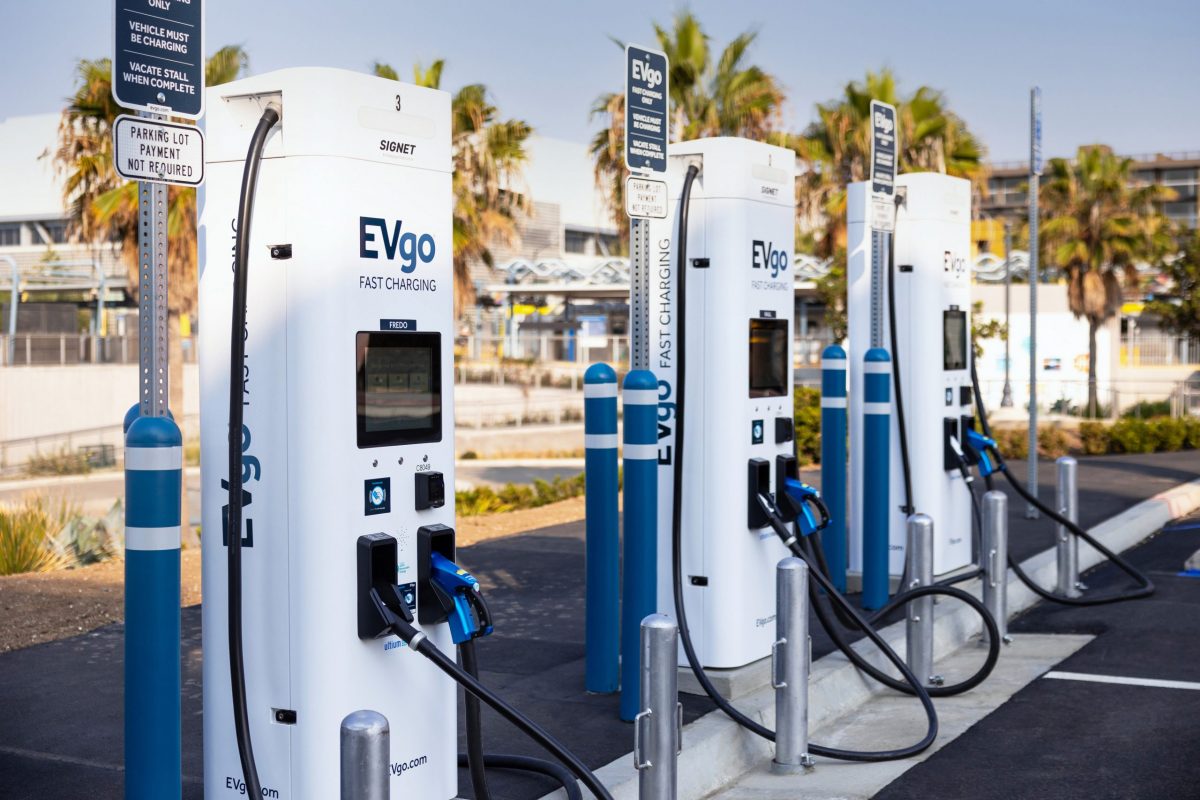The last mile of delivery has become an increasingly complex final few metres for logistics companies. While for many years the automotive industry could rely on the internal combustion engine, the move towards autonomous and electric has opened new avenues in last mile. Today, with companies increasingly looking for any opportunity to improve efficiency and reduce their environmental impact, conquering last mile now sits near the top of many players’ agendas.
For the most part, last mile innovation is following the same trend as the rest of the automotive industry. Electrification is under way and has firmly established itself as the norm for last mile vehicles especially given the move from major cities to reduce their own emissions. However, the case for autonomous in last mile is far more complex. While those operating in long-haul trucking are mostly keen to adopt and test self-driving technologies, the inherent complexity of inner-city streets compared to highways is making autonomous for last mile a far greater challenge.
Should the autonomous transition be made seamlessly, then last mile appears best positioned to maintain its spot amongst one of the automotive sectors where autonomy may first be realised
This is not to say that autonomous has been completely dismissed in the short term. What is instead being seen is an adoption of transitional innovations, such as remote control and tele-operation, that allow autonomous vehicles to maintain some form of a human touch. Should the autonomous transition be made seamlessly, then last mile appears best positioned to maintain its spot amongst one of the automotive sectors where autonomy may first be realised.
More widely, the difficulty of achieving autonomous in last mile also highlights the need for companies to weigh up the practicality of adopting new mobility trends. While innovation is of course more than welcome it is still vital for companies to ensure that they are getting the bang for their buck when it comes to choosing how they will get from A to B in the future. As a result, while electric is certainly more popular than it was a decade ago, diesel is still seen as to go-to powertrain for the short term.
With Amazon holding such a grasp on the online retail market, those who want to compete will need to familiarise themselves with every aspect of the last mile chain
Long term there will be a focus on not just adopting self-driving technology, but also harnessing the power of the entire logistics chain. With Amazon holding such a grasp on the online retail market, those who want to compete will need to familiarise themselves with every aspect of the last mile chain. Specifically, this will involve a focus on customer service, continuous delivery updates and quicker delivery times, all aided by connected technology.
For the time being, electric appears the most obvious next step for all players. The more forward-thinking technologies will eventually play a role and those experimenting in these fields today should reap their rewards later down the line. In an industry that’s core principle rests on being as efficient as possible, it is clear to see why last mile is so intent on embracing the latest mobility trends.



